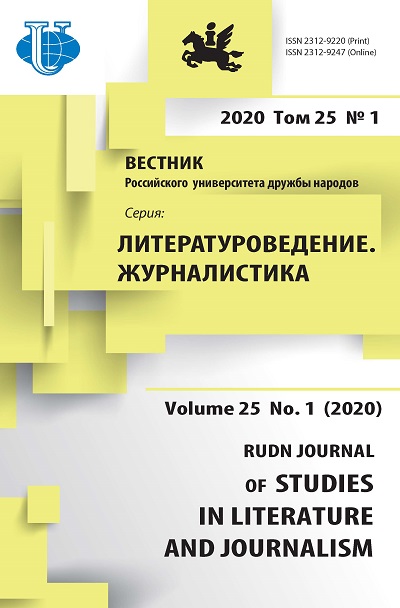Abstract
The article is devoted to the analysis of the problem of identification of semiotic components of the author's neo-myth about the “humanized Satan” in L. Andreev's novel “The Diary of Satan” in the system of analysis of interdisciplinary metamorphic model by the tools of existential method. The novelty of this research is determined by the analysis of the semiotic component of the concepts of “Man - Satan” in the context of the concept of “living ontolo- gical corporeality” in the system of interdisciplinary metamorphic model of Zaltman. The object of the research was the linguistic and cultural concepts of “Man - Satan” as the key symbols of the metamorphic model of “humanized Satan”, reflecting the most important categories and settings of the anthropological and religious-philosophical concept of the writer.
















